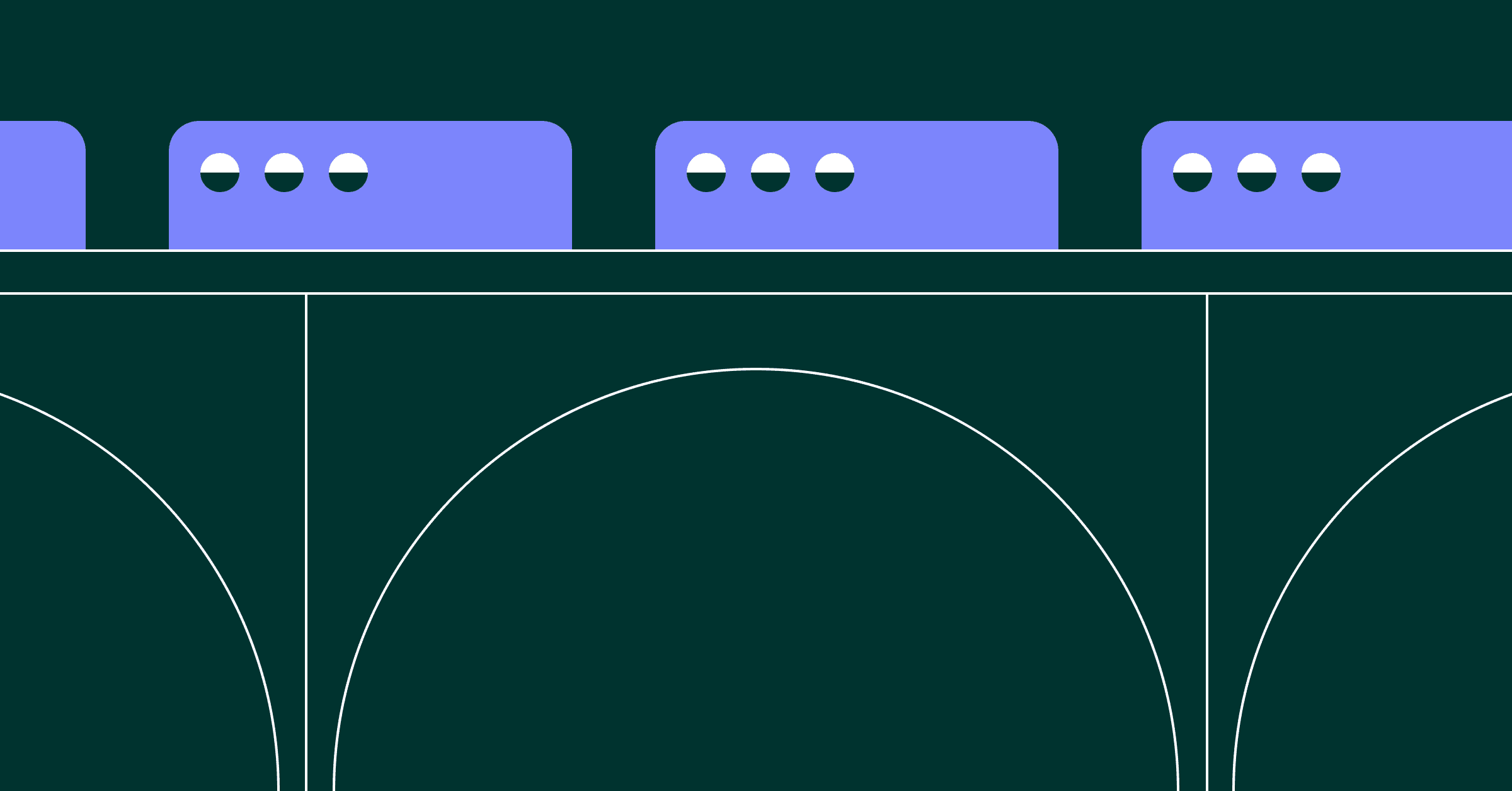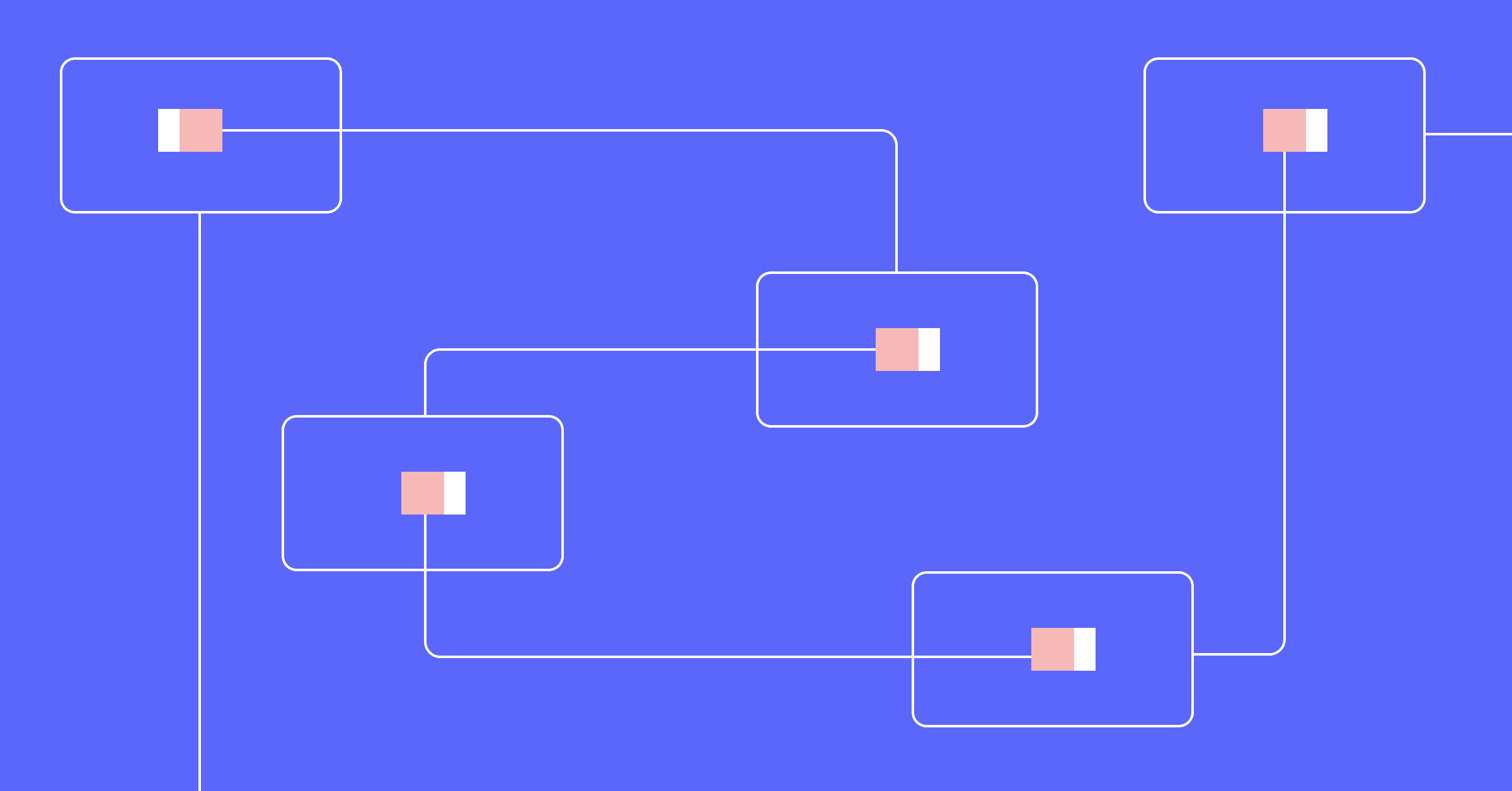In the current AI landscape, generative AI gets all the headlines. But for Ken Kocienda, a 15-year Apple veteran who created the technology behind the iPhone's multi-touch keyboard and autocorrect, the real value for enterprises often lies in its less-hyped counterpart: extractive AI.
As co-founder and CTO of Infactory AI, Kocienda brings a uniquely disciplined and human-centered perspective to building AI. His journey—from a Yale history degree to self-taught programmer to Apple engineering leader—has shaped a philosophy focused on one thing: creating technology that "transcends itself" to enable "human results."
This article explores Kocienda's insights on how to harness the power of AI, from his disciplined approach to generative tools and his focus on "levitating" insights with extractive AI, to the overarching principle of "evolutionary design" that guides his work.
Generative AI requires disciplined guidance
While Kocienda uses generative AI to code "all day, every day," his approach is the antithesis of "vibe coding." He emphasizes a highly methodical process of writing "very, very detailed specifications" and monitoring everything the AI does. This discipline allows him to write thousands of lines of code instead of hundreds, but he stresses that this level of output is only possible because AI requires constant, detailed guidance to comprehend a developer's true intent.
A fascinating byproduct of this process is that the specifications themselves become a new kind of valuable artifact. In the past, the "why" behind a piece of code might be lost to time. Now, the detailed prompts and conversations with the AI serve as what Kocienda calls an "exploratory document that explains part of the why for how things turned out." This creates a new, trackable resource that becomes a catalyst for future development and collaboration.
Extractive AI: finding the 'nuggets of gold' in your data
While generative AI creates new content, Kocienda believes extractive AI offers immense, often untapped, value for enterprises by making their existing data visible and useful. Infactory AI's mission is to create a "levitating layer" of new data that sits above the primary source material, revealing hidden patterns and "nuggets of gold." "We're not telling them something that isn't already there," he explains. "We're just making it visible... surfacing content that... they themselves produced and that they can trust."
To do this, Infactory uses a hybrid approach called "query programs," which combine database queries with algorithmic processing to find structure in unstructured data. This allows non-technical stakeholders to access valuable insights that were previously buried in data lakehouses. The goal is to enhance the capabilities of human experts, making AI available so they can "continue what they're doing, only better." This focus on solving common, well-understood enterprise jobs simplifies application development by providing foundational, trustworthy AI building blocks.
The philosophy of evolutionary design
Underpinning all of Kocienda's work is a core philosophy he calls "evolutionary design." This is an iterative process focused on creating concrete artifacts, evaluating them, keeping what works, and constantly moving forward. "None of the projects that I've done, none of the pieces of work that I'm proud of, were able to be accomplished in a single step," he notes. This was the same process he used when facing direct, high-stakes feedback from Steve Jobs at Apple; every critique was a chance to iterate and improve.
This approach was central to his work at Apple and continues to guide his efforts at Infactory. The goal is not technological sophistication for its own sake, but to create tools that help people accomplish meaningful tasks. It's a journey of continuous refinement, where the ultimate objective is to create technology that is so useful and intuitive that it, in Kocienda's words, "transcends itself" to fill the needs that human beings have.
Building technology for human results
In an industry often chasing the next big trend, Ken Kocienda’s approach is a masterclass in building technology with lasting value. His philosophy provides a clear framework for navigating the AI hype cycle: approach generative AI with discipline, unlock the hidden value in your data with extractive AI, and guide the entire process with a commitment to human-centered, evolutionary design.
By focusing on making concrete artifacts, learning from each iteration, and always prioritizing human results, leaders can build AI systems that do more than just follow instructions. They can create tools that "transcend themselves" to become genuine partners in creativity and problem-solving.
For the full story on building human-centered AI, listen to Ken Kocienda discuss these ideas in depth on the Dev Interrupted podcast.




